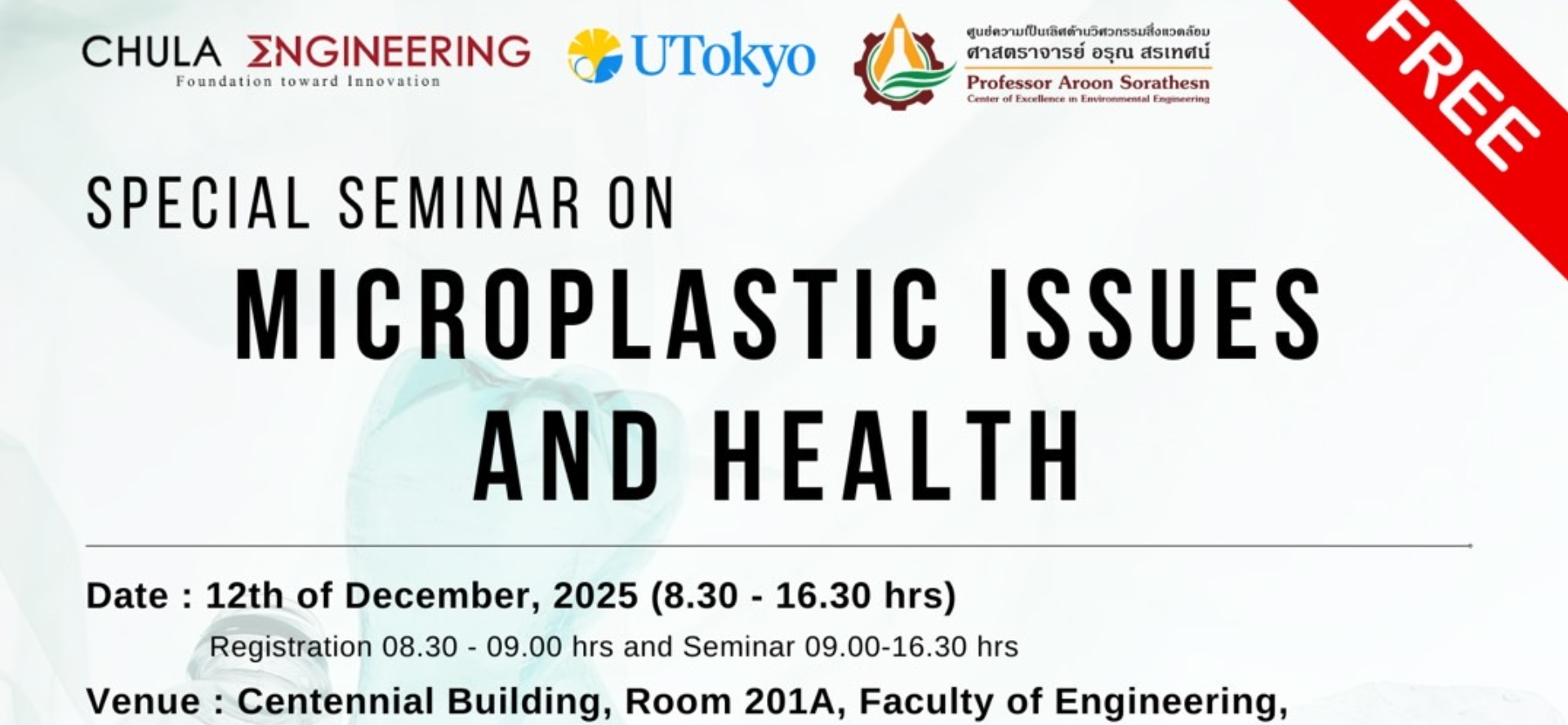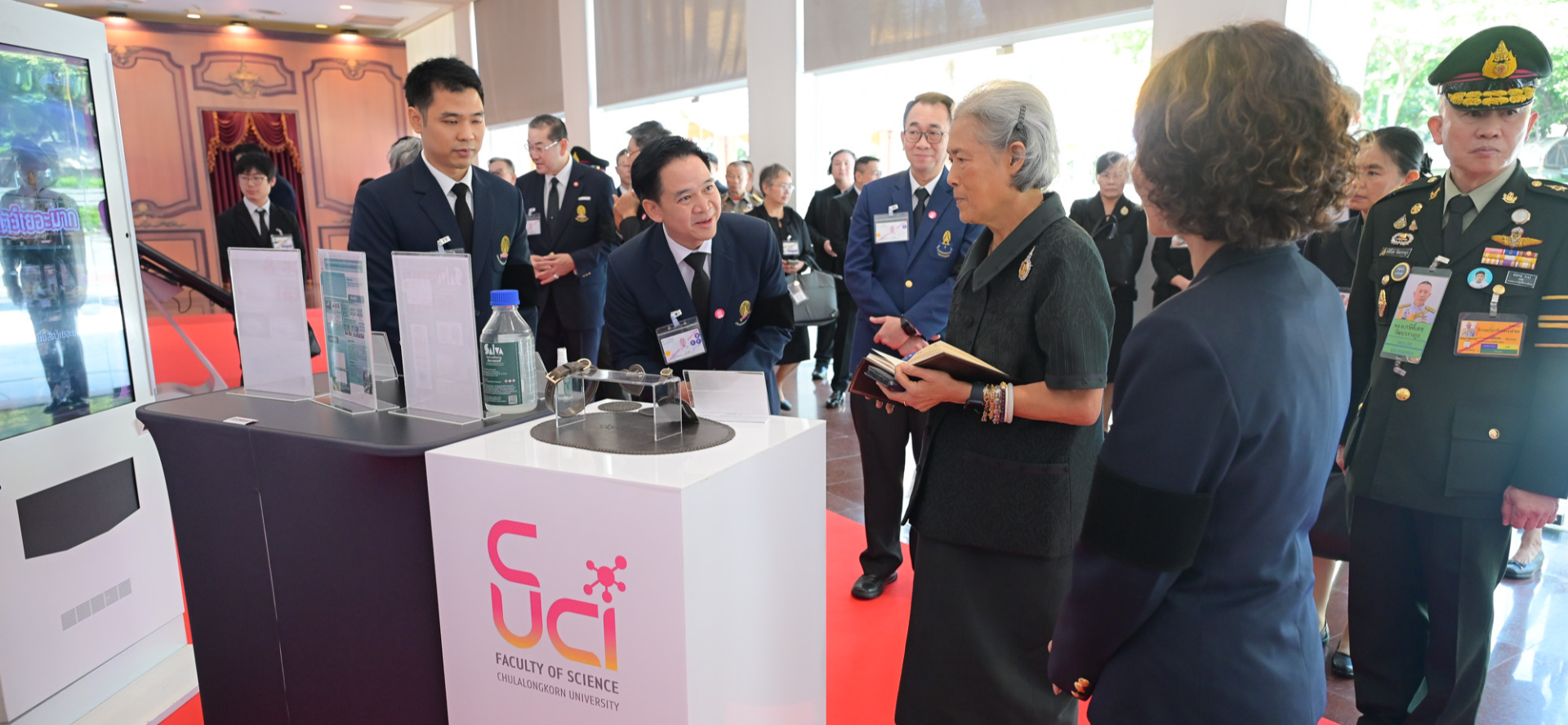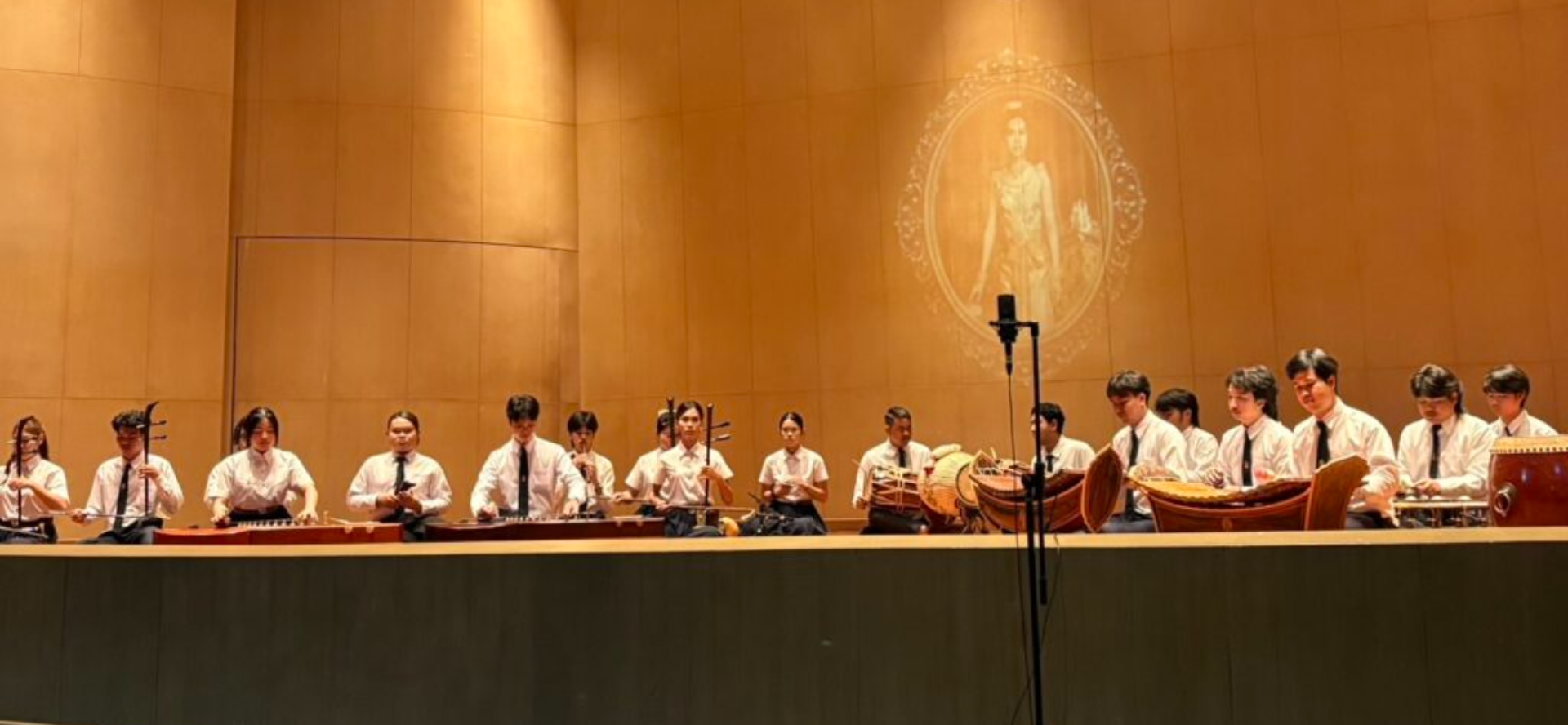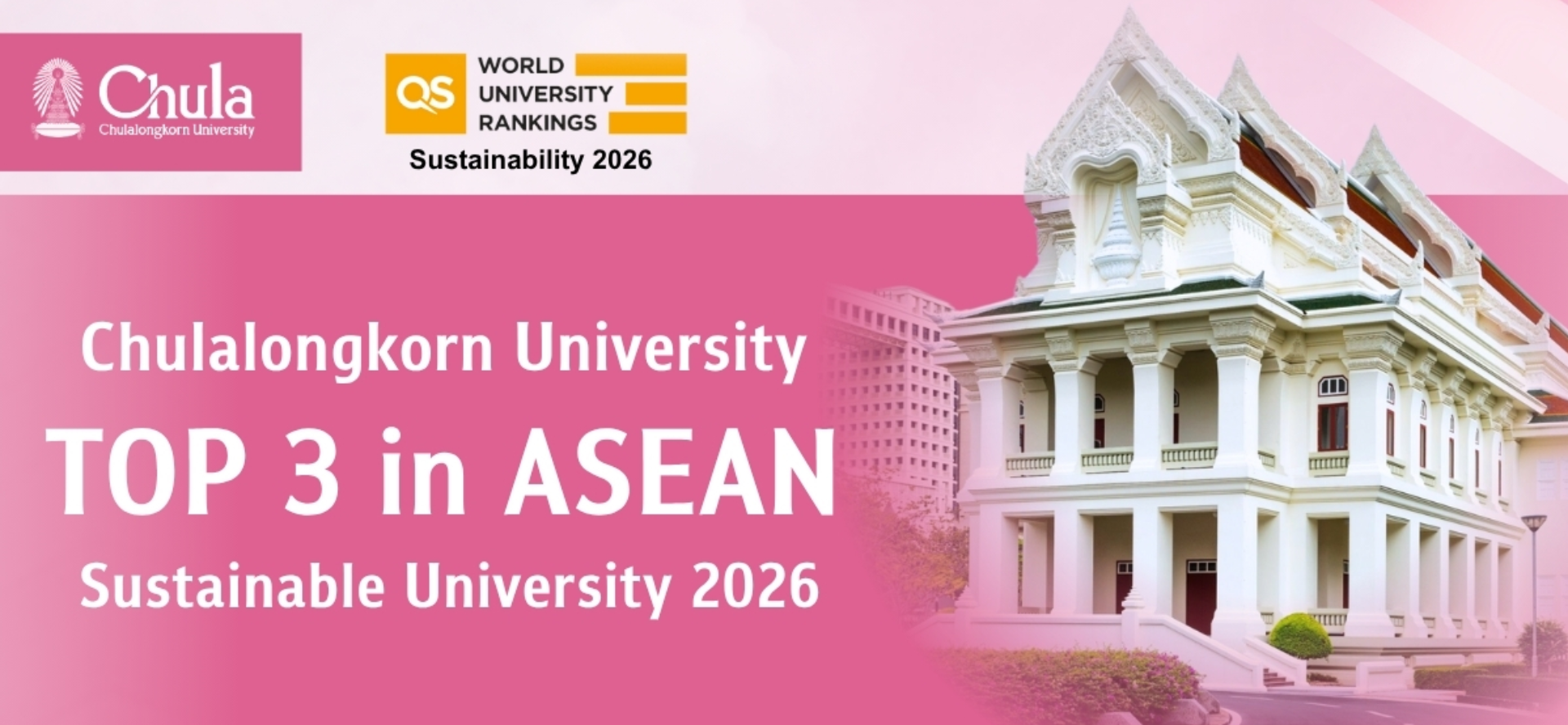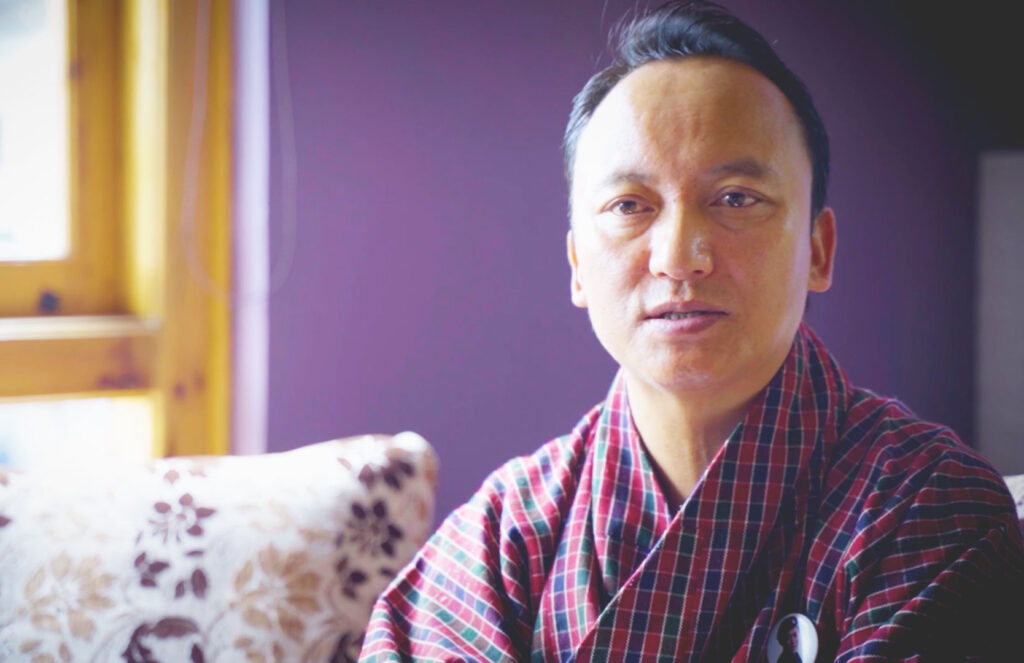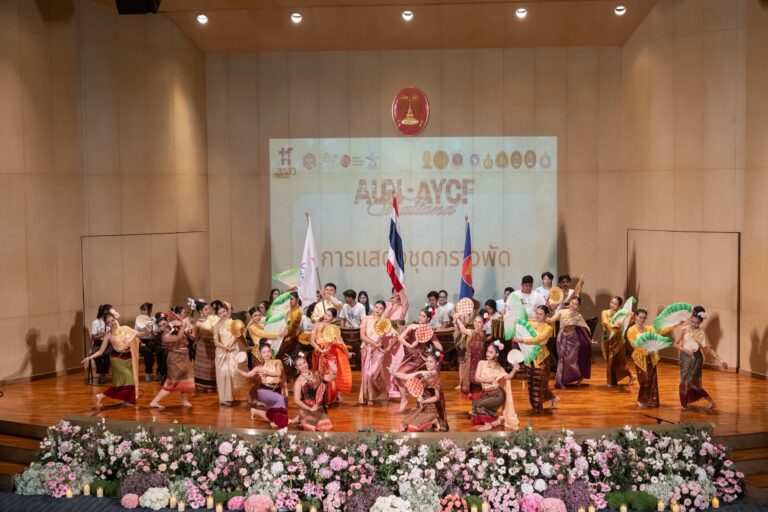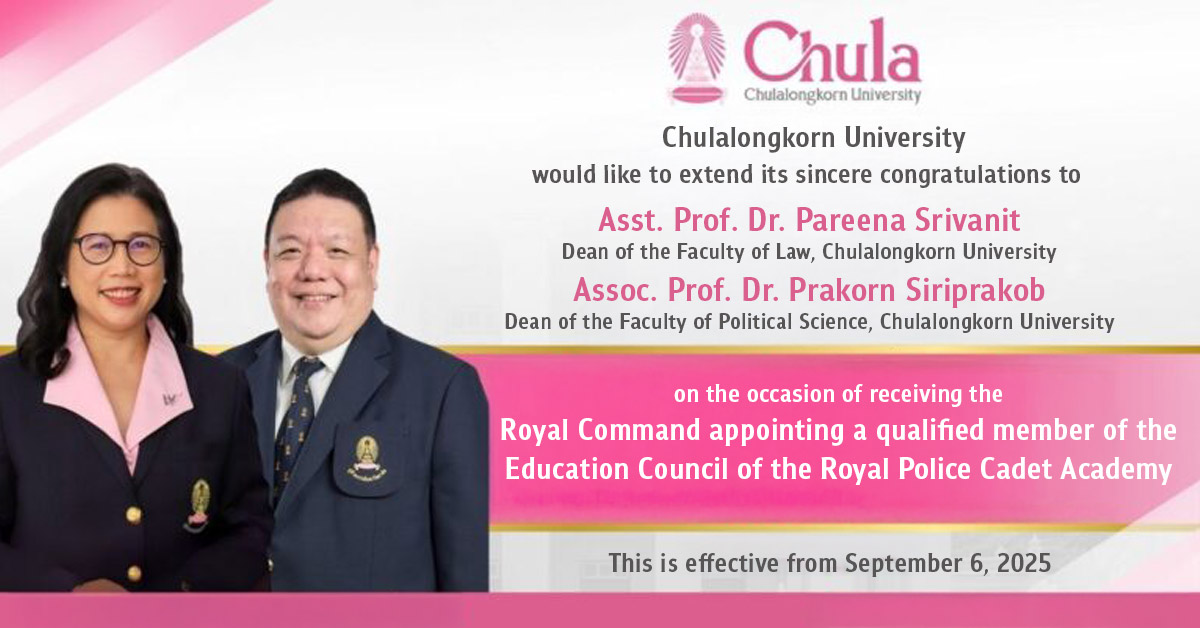The Chulalongkorn Bariatric and Metabolic Institute (Chula BMI) launched ObesityConnects, a Line Official platform to connect obese patients to continuous treatment from specialists, while offering preventative information and daily health check-up features for the public who wish to stave off obesity.
Obesity is a health problem threatening the quality of life of Thai people. Data from the Chula BMI reveals alarming statistics that currently among every 3 people in Thailand, 1 person has obesity! This trend appears to be increasing every year.
People with obesity often suffer from many other accompanying diseases, such as fatty liver, high blood pressure, diabetes, stroke, heart disease, lung disease, liver cirrhosis, gallstones, cancer, etc. All of these are diseases that undermine quality of life, require long treatment periods with high costs, and are causes of premature death.
Preventing obesity or completely recovering from obesity is therefore the best approach. However, losing weight to reach appropriate levels is easier said than done, as it is not just a matter of treatment through surgery or medication alone. It also involves behavioral changes in eating habits, daily activities, and exercise. Patients need to receive correct knowledge about self-care, continuous encouragement, and ongoing support.
For this reason, the Chula BMI has initiated the “ObesityConnects” Line Official Account that compiles accurate knowledge about obesity and holistic health care. This allows obesity patients and the general public to learn and take care to stay away from obesity continuously and sustainably.
Prof. Dr. Suthep Udomsawaengsup, bariatric surgeon and Director of Chula BMI, King Chulalongkorn Memorial Hospital, explained the purpose of ObesityConnects as “Sustainability is the ultimate answer for treating every disease. When patients have lost weight, the next goal is to maintain good health and an appropriate weight permanently. Sustainability can only occur when we keep patients in continuous contact with us, patients have follow-up monitoring, and there are tools to help alert and remind patients that it’s time to take care of their health, prompting them to return to self-care before problems develop and become more difficult to resolve.”
“This platform will serve as a hub for healthcare information, connecting doctors, interdisciplinary professionals, and patients who have direct experience with obesity to share their knowledge. Ultimately, it connects people in society to raise awareness about healthcare and obesity prevention.”
Currently, ObesityConnects is being used with patients at Chula BMI and in hospital networks that provide care for obesity patients, such as Thammasat University Hospital, Bangkok Hospital, and Srinagarind Hospital.
“We discussed within the Thai Society for Metabolic and Bariatric Surgery that a platform should be created that can be used by all patients, regardless of where they are receiving treatment. The platform is currently in the process of being adapted for other centers to use and can be divided into patients’ confidential information and public areas for exchanging knowledge about obesity,” said Prof. Dr. Suthep.
Connect Patients to Continuous Treatment
Prof. Dr. Suthep stated that both new and old patients at Chula BMI will be invited to use the ObesityConnects platform. The process is simple: add the Line account and register with personal information, weight, height, hospital name, and patient number. Then, the data will be synced with the hospital’s database.
“The function that is now available is monitoring obesity patients to see how they are doing after surgery. We want patients to communicate with the treatment team at all times. Patients can fill in daily data such as blood results and various diseases and talk with medical personnel at the center. Patients can rest assured that regardless of where they are, someone will be monitoring their care and providing basic advice.”
“Specialists can access patients’ data and add information when patients come for check-ups at the center to make the database as complete as possible.”
Approximately 600-700 users have visited ObesityConnects since the launch at the beginning of April this year.
“Users are impressed that they receive accurate information and are confident that if something happens to them, specialists can directly answer their questions. They can take basic care of themselves and can make appointments to meet with specialists. This feature makes them feel less isolated, well-cared for, and closely monitored, which aligns with our objectives.”
Next, Prof. Dr. Suthep revealed that the ObesityConnects team will upgrade the database to a national level called the National Registry to collect data on how many people have undergone obesity treatment surgery and what the treatment outcomes are in order to monitor treatment and the quality of obesity care.
Prof. Dr. Suthep is confident that the platform will allow those who enter the procedure to gain the most benefits from the treatment and receive sustainable treatment for their obesity.
Connect to Keep Obesity Away
The ObesityConnects Line OA can be used not only by obesity patients but also by the general public. Simply add Line, then register. Apart from the function to monitor health conditions, ObesityConnects also provides various useful health information:
- Daily Health Records: Record daily information, such as weight, food consumed at each meal, daily water intake, exercise, and other symptoms that occur each day.
- Daily Food Calorie Check: Check how many kilocalories foods provide; for example, 100 grams of pork fried rice provides 181 kilocalories, 100 grams of rice mixed with shrimp paste provides 191 kilocalories, and 100 grams of tuna salad provides 86 kilocalories.
- Energy Check: Monitor energy burned during exercise; for example, walking for 1 hour burns 183 kilocalories, running for 1 hour burns 588 kilocalories, and swimming for 1 hour burns 514 kilocalories.
- Truth About Weight: A website that provides knowledge about obesity, such as obesity in women, obesity in adolescents, and how obesity affects long-term health.
- Frequently Asked Questions about obesity treatment: For example, treatment procedures at Chula BMI, what to do if there are abnormal symptoms after surgery, and when and where King Chulalongkorn Memorial Hospital conducts blood tests.
Using these functions will serve as a personal health diary for every user, said Prof. Dr. Suthep.
“People must be self-aware and constantly monitor their health, including weight, blood test results, cholesterol levels, and blood sugar levels. They should get regular check-ups because these are key indicators that warn us when our health sustainability is beginning to deteriorate. If weight increases, it must be reduced through better dietary control and regular exercise.”
Currently, the ObesityConnects team has been in discussions with the Thai Health Promotion Foundation (ThaiHealth) and health partners about expanding this platform as a tool for preventing obesity among the general population.
“We expect the ObesityConnects platform to serve as a personal tool for each individual to monitor and care for their health, as well as provide data that will help guide what types of and how much exercise and what types of food in what quantities will help control weight and reduce weight from risk levels to normal levels, making people’s health more secure and sustainable.”
Connect to Keep Obesity Away
In addition to treating patients with obesity, preventive approaches to obesity are also important. Chula BMI has initiated activities such as an exercise promotion campaign called “125 Days, 4 Medical Schools towards Good Health,” which encourages personnel from four medical schools—Faculty of Medicine Siriraj Hospital, Mahidol University; Faculty of Medicine, Chulalongkorn University; Faculty of Medicine Ramathibodi Hospital, Mahidol University; and Faculty of Medicine, Thammasat University—to exercise and record their exercise activities on Line OA.
“Each group must input their health and exercise data, which will be scored with rewards given within the specified timeframe,” said Prof. Dr. Suthep. “This period is a trial phase for us to see what needs to be improved, how it works when implemented, whether users can easily input data, and to help them understand what level of health their daily exercise has reached.”
The “125 Days, 4 Medical Schools towards Good Health” will finish around June. Prof. Dr. Suthep hopes to adapt this activity to the ObesityConnects platform as a tool to encourage awareness in healthcare.
“Obesity treatment and prevention are matters that must be done together. I tell every health fund that pays for obesity treatment for Thai people that we must also prevent obesity. All funds recognize our importance and support us as a hub to encourage society to take care of their health and prevent the increase of people with obesity.”
“Understanding and Care”: What Obesity Patients Need
No one wants to be obese, and obesity is something that can happen to anyone. Prof. Dr. Suthep said, “We must first understand that obese people don’t want to be obese. It’s just that there are many factors beyond food and exercise, such as environmental factors and hormones, that prevent metabolism from functioning at the level it should, causing weight to increase significantly. If we understand this, we’ll know that they don’t want to have obesity either.”
In addition to understanding, caring is also important. “Caring means encouraging them to overcome obesity—whether it’s encouraging them to return to taking care of their health, or if they really can’t manage it, entering the treatment process, whether through medication or surgery. In the end, they will be able to return to society like everyone else.”
If you are 1 in 3 of the population with obesity, you can access ObesityConnects to begin obesity treatment with the medical staff of Chula BMI. Even if you are among the 2 in 3 of the population who do not yet have obesity, you can also make use of ObesityConnects to prevent obesity and sustainably maintain your health.
Read more at: https://www.chula.ac.th/en/highlight/261004/




